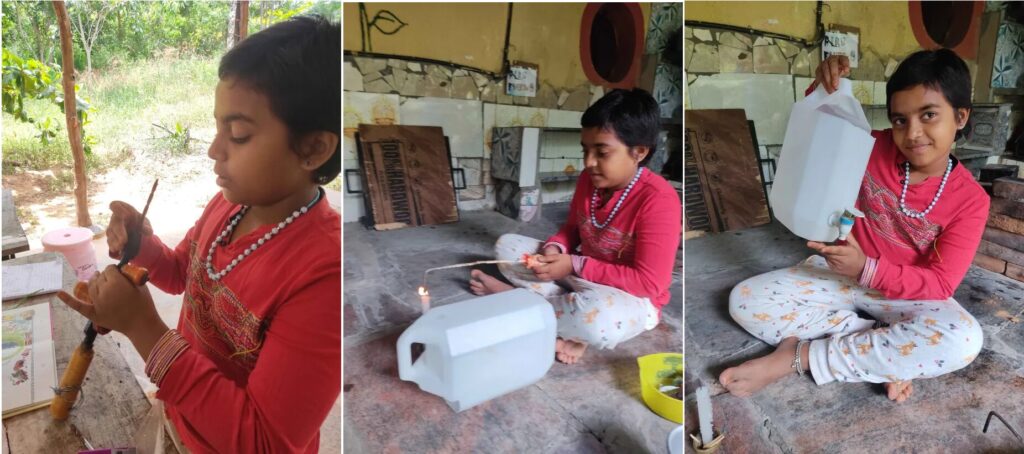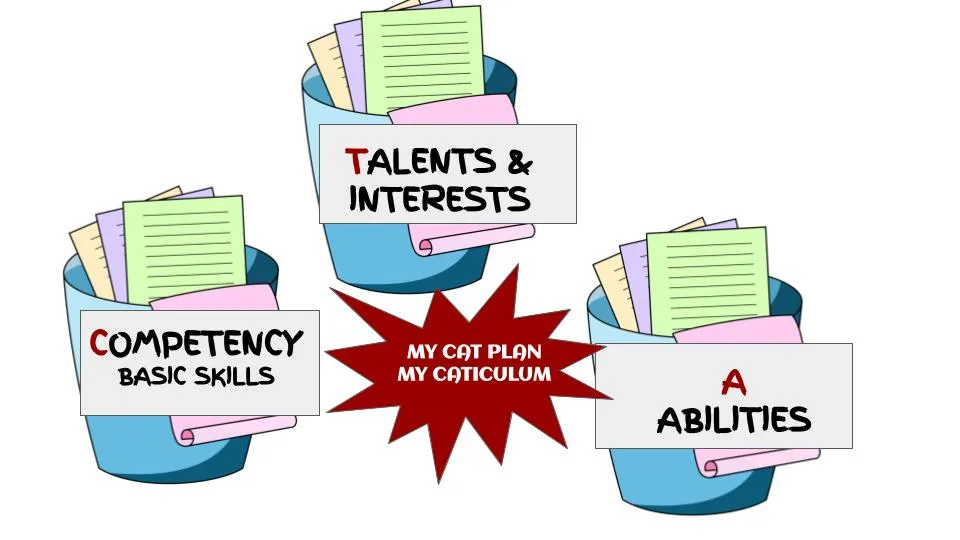In one of the communication groups of Parents from the Aarohi community, a parent asked “What is the best curriculum for homeschooling children”? In her words
“My child is saying better put me in building school as I don’t know what to do at home and get bored. What is your suggestion here”
The curriculum means “ lessons and academic content taught in a school or a specific course or program”.
Homeschooling/ open learning/unschooling is not just about academics but about developing curious minds and igniting the fire of lifelong learning. Maybe we ask our children to create a curriculum that fits their learning. Learning is enjoyable when we become our teachers.
In a world brimming with knowledge and experiences, open learning resonates deeply with me. The idea that “the whole world is my school” empowers me to take charge of my education, allowing me to design a curriculum that reflects my interests, passions, and goals. Open learning thrives on exploration, creativity, and hands-on experiences. Academic learning is just one part of the learning process; life itself is a vast classroom.
Some suggestions for designing a curriculum in open learning
Identify interests and goals –
Let the child/family reflect on their learning goals, aspirations, or skills. List as many options as you want but prioritize 2 or 3 for a specific period. At Aarohi we plan together. We follow the design-discuss-do approach. All the members of the Aarohi community share their weekly plans. You can also explore different areas of interest with the help of Multiple Intelligence.
Including diverse resources
Textbooks are not the sole source of learning. You can explore various online content like podcasts, documentaries, movies, travel, webinars, and online courses. You can also approach a subject matter expert for specialization. The options are limitless. At Aarohi we consider everything as a learning resource. Travel at Aarohi exposes children to diverse learning. We used a bus as a library. We learned patterns and geometry through Origami.
Hands-on learning
The best curriculum stresses doing things by yourself. Being good at something starts with doing it the first time. You can seek opportunities for volunteering, internships, or various projects. At Aarohi, 9-year-old Megha conducts a Japanese language club. Thanks to her love for anime. Another 6-year-old child taught everyone to make pop-up cards. A girl was thrilled to have created a working tap for our hand-washing station. She was excited to touch and use tools that only elders could use.

Collaboration
Reach out to people who are pursuing similar passions or interests. Join clubs or communities, attend workshops, and seek mentorship. Collaboration enriches the learning experience and broadens the learning landscape. The Aarohi community is a vibrant space for collaborative learning. Collaboration complements the learning journey by providing exposure to multiple aspects of a subject. Aarohi community members unite based on their interests, form a club, and explore whatever they want. We have clubs like math-o-logic, art and culture, food, language and literature, Science, Travel and history, and many more. Everyone shares their needs for learning, experiences, and knowledge.
Reflection
An essential aspect of open learning is reflection. If I have to pick one word that is a synonym of Aarohi, it would be “Reflection”. Reflection not only helps to course-correct but also guides us in understanding our interactions with and self and others. Reflective practice is the best tool for self-awareness. It can be one of the biggest tools to create a meaningful curriculum. We do conscious reflection by designing our reflection prompts in advance. We use interesting tools for self-assessment.
Interest alone might not be sufficient to excel in that area. You need to acquire necessary skill and abilities to support the interest for a deeper learning. Look at the CAT curriculum we use at Aarohi
Following ideas can help Making curriculum Interesting
- Incorporate Creativity: Use creative approaches, such as storytelling or art, to explore subjects in a fun and imaginative way.
- Set Challenges: Create personal challenges or competitions to push my boundaries and spark excitement.
- Gamify Learning: Turn learning into games, making the process enjoyable and interactive.
- Explore New Environments: Change my learning environment by studying in parks, cafes, or museums to inspire fresh perspectives.
- Engage with Technology: Utilize multimedia resources, such as videos, interactive simulations, and virtual reality, to enhance learning experiences.
Each family can make their curriculum based on their learning needs. The best part is this process makes the curriculum flexible and one can change it as and when they want. Embracing open learning allows me to take control of my education, fostering a lifelong love of learning. In this ever-evolving landscape of learning, the possibilities are limitless, and the journey is just as important as the destination.
Most importantly you will not have to bother about out-of-syllabus questions because life is a syllabus and living is the curriculum.
